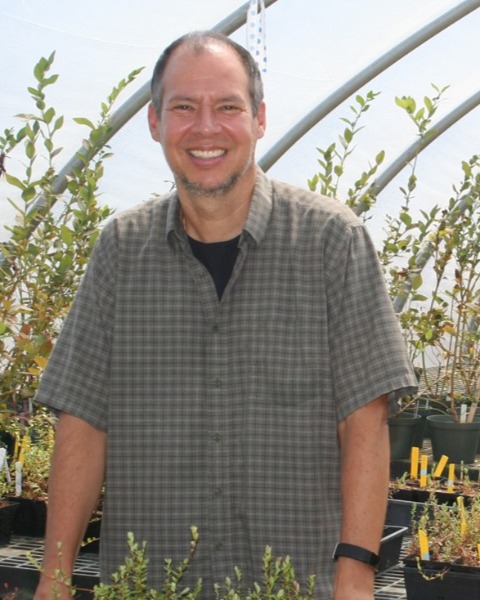Student 10-Minute Paper
Plant-Insect Ecosystems
Student Competition
Student
(1st Place) Transcriptomic analyses reveal differentially expressed herbivory-defense genes in blueberries

Jae E. Kerstetter (they/them/theirs)
Graduate Student
Rutgers University
Metuchen, New Jersey
Cesar R. Rodriguez-Saona (he/him/his)
Small Fruit Extension Specialist
Rutgers University
Chatsworth, New Jersey- JP
James Polashock
USDA
Chatsworth, New Jersey - CH
Chloe Hawkings
Assistant Professor, Entomology Undergraduate Program Director
Rutgers University
New Brunswick, New Jersey
Presenting Author(s)
Co-Author(s)
Feeding by chewing insect herbivores induces the production of secondary metabolites in plants, which is often mediated by the jasmonic acid (JA) signaling pathway. Highbush blueberry, Vaccinium corymbosum, is a perennial shrub native to the northeastern United States of America that is known to be rich in plant secondary metabolites used for defense. However, whether insect herbivory and activation of the JA-signaling pathway induce differential expression of herbivore-induced defense genes in blueberries remains unknown. To address this, we assessed changed in the transcriptomes of highbush blueberries when exposed to herbivory by a chewing insect herbivore (spongy moth, Lymatria dispar) and by exogenous application of methyl jasmonate (MeJA), the volatile derivative of JA. We hypothesized that, compared to undamaged untreated plants, a) genes related to the biosynthesis of plant phenolics are up-regulated and b) genes related to plant hormone signaling are differentially expressed in both insect-exposed plants and MeJA-treated plants. In agreement with these hypotheses, results showed that both herbivory by spongy moth and MeJA application induce the expression of genes related to the biosynthesis of defensive phenolic compounds and phytohormone signaling. Moreover, application of MeJA elicited a greater gene expression response than herbivory by spongy moth. This study aimed to identify genes associated with defense against herbivores that could guide future breeding programs for insect resistance in highbush blueberries.

.png)

